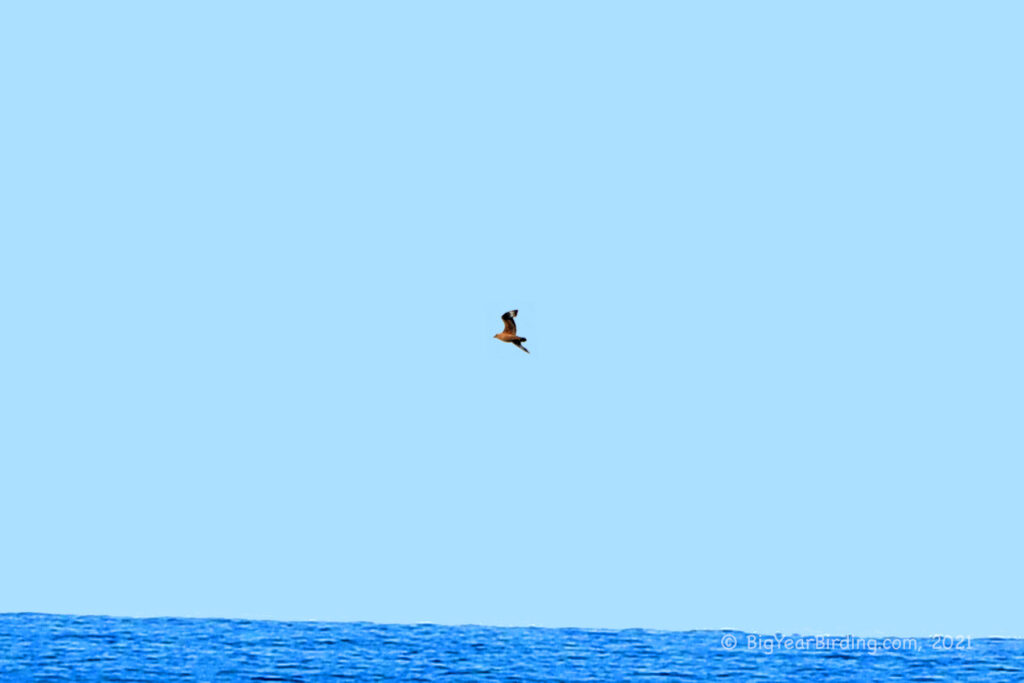
The Great Skua (Stercorarius skua), also known as the Bonxie, is a large seabird that belongs to the family Stercorariidae. It is one of the largest and most aggressive seabirds in the world, with a length of up to 25 inches (63 cm) and a wingspan of up to 60 inches (152 cm). They have a robust, heavy body and broad wings, which they use to glide effortlessly over the ocean surface.

The Great Skua is easily distinguished by its dark brown plumage, pale streaks on the head, and large size. They have a powerful beak that is hooked at the tip and can be up to 2 inches (5 cm) long. Their legs are relatively short and powerful, with webbed feet that are used for swimming and diving.
These birds are found in the northern hemisphere, breeding in the Arctic and sub-Arctic regions. During the breeding season, they inhabit coastal areas, cliffs, and islands, where they build their nests on the ground. Outside of the breeding season, they migrate to the southern hemisphere, where they spend the winter months at sea.
Great Skuas are opportunistic feeders and will prey on a variety of fish, squid, and other seabirds. They are also known to scavenge carrion and steal food from other birds, a behavior which has earned them the nickname of “pirates of the sea.”

Despite their large size, Great Skuas are powerful and agile flyers, able to dive and swoop at high speeds to catch their prey. They are also known for their aggressive behavior, with a tendency to attack other birds and even humans that venture too close to their nesting sites. Because of their aggressive nature, they have few natural predators and are considered top predators in their marine ecosystem.

